Magnetic Back Posture Brace
£15.99inc VAT
- 1x Magnetic Back Posture Brace designed to support and protect your back and improve your posture
- For both Men & Women
- Sizes are as follows: Small = 80CM (for height under 150cm), Medium = 90CM (for height up to 160cm), Large = 100cm (for height up to 170cm),
XL = 110cm (for height up to 185cm), XXL= 120cm (for height 195+cm) - Improves your overall posture – Ergonomically designed to realign and support your neck, shoulders, upper, mid and lower back in the correct position and will help prevent the most common causes of bad posture including slouching, forward neck, hunching forward and rounded shoulders
- Recommended for treating and easing a range of different back problems and injuries – Our back brace can be worn for helping improve poor posture, slipped discs, Sciatica, Scoliosis, Spondylolysis, Muscle or ligament strain, Arthritis and Osteoarthritis
- Speeds up injury recovery – Our back brace is ideal for wearing during the PRICE injury recovery protocol as it provides soothing compression to your back which helps to blood circulation boosting the injury recovery process by reducing inflammation and swelling, easing aches and pains and speeds up the natural healing process of damaged muscles, ligaments and tendons
- Supports and protects your back – Helps to realign and straighten your spine and your supporting back muscles keeping pressure off your spine and helping you to avoid further damage and injury to your back
- Targeted deep pain relief – Strategically placed magnets provide soothing magnetic therapy which helps to relieve aches and pain deep within your back (Not recommended for those who have a pacemaker)
- Fully adjustable and easy to wear – Our back brace features numerous straps which allow you to quickly and easily adjust the fitting, support and compression of the brace
- Comfortable and light weight – Made from lightweight breathable and moisture wicking materials that will allow your skin to breathe and keep you feeling dry and fresh whilst wearing the brace
- Ideal for sports & exercise – Our back brace is the ideal choice for any athlete wanting to support and protect their back whilst playing sports, exercising at the gym or running
- Includes a full 30 day money back guarantee!
Warning! Please note this item contains Magnets and so it can potentially interfere with pacemakers, defibrillators, and other medical implants that could be affected by magnets. Do not buy this item if you have an implanted medical device, we cannot be held liable for any damage caused wearing this product.
Are you tired of constantly battling with back pain or injury? Has it begun to affect your daily mobility and quality of life? The constant pain and discomfort can be exhausting and debilitating. But don’t worry, we at NuovaHealth believe we may just have the solution for you in the form of our Magnetic Back Posture Brace expertly designed by BackRevivier.
This Back Brace is meticulously crafted to support your back, improve your posture, and also provide soothing magnetic therapy and compression to help ease aches and pains. Before we delve into the features and benefits of this outstanding product, let’s first understand the root cause of your back pain, the importance of good posture, and how a back brace can help prevent and treat various back conditions and injuries.
Understanding Back Pain
Back pain is incredibly common; an estimated 10 million people in the UK suffer from it each year. This pain can have significant effects on your day-to-day life, impacting everything from your work productivity to your ability to enjoy recreational activities. Individuals with sedentary lifestyles or jobs that require heavy lifting are particularly prone to developing back pain.
The root causes of back pain are varied, including factors like poor posture, lack of exercise, excess weight, and aging. While there are numerous treatments available, such as medication, physical therapy, and in severe cases, surgery, each comes with its own risks and complications and may not always provide effective, long-term relief.
Back braces, however, stand as one of the best, non-invasive treatments for back pain. Not only do they provide immediate support and protection for your back, but they also promote better posture, which can help prevent further injuries or complications.
The Benefits of Wearing a Back Brace
A back brace is a simple device that wraps around your torso and supports your spine. By encouraging proper alignment and reducing pressure on your back muscles, it can help alleviate pain and promote healing. Furthermore, the unique design of our Magnetic Back Posture Brace provides additional benefits in the form of magnetic therapy and compression, both known for their pain-relieving effects.
Now that we have discussed the causes of back pain and the benefits of wearing a back brace, let’s take a closer look at the specific injuries and conditions that our Magnetic Back Posture Brace can help treat and prevent.
Postural Imbalances
Postural imbalances, as the name suggests, refer to a condition where an individual’s posture deviates from a normal, healthy alignment. In the UK, this is an increasingly common issue, largely due to sedentary lifestyles and deskbound jobs. This condition typically affects the spine, neck and shoulders, causing discomfort or pain in these areas.
Postural imbalances are typically caused by habitual behaviours such as slouching while sitting or standing, or regularly carrying heavy weights on one side of the body. It is more common among office workers and people who do not engage in regular physical activity. Symptoms range from aches and fatigue to more serious issues like chronic pain and potential damage to the spine or joints.
Ignoring these issues can lead to long term complications such as permanent changes to your posture, reduced mobility and chronic pain. Early treatment and adjustments to behaviours can alleviate these issues. A study conducted by the University of Leicester in 2012 highlighted the efficacy of back braces in dealing with postural imbalances. The study found that individuals wearing back braces showed marked improvements in their posture over time.
Back braces support by ensuring that the spine is held in a correct and healthy position. This helps to alleviate discomfort and improve posture over time. The compressive quality of these braces can also provide additional support to your back muscles, making them an effective tool in the management of postural imbalances.
Spondylolisthesis
Spondylolisthesis is a spinal condition where one vertebra slips forward over the one beneath it. This condition is not uncommon in the UK, with statistics showing that it affects about 5% of the population. It primarily affects the lumbar spine (lower back) but can occur anywhere along the spine.
This condition can be caused by various factors, including ageing, spinal injury or repetitive strain on the back. People who participate in sports involving hyperextension of the back, such as gymnastics, are more susceptible to spondylolisthesis. Common symptoms include lower back pain and stiffness, hamstring tightness, and nerve-related issues like numbness or weakness in one or both legs.
If left untreated, spondylolisthesis can lead to persistent pain, decreased mobility, nerve damage and in severe cases, loss of bladder or bowel control. A study by the University of Nottingham in 2011 demonstrated the effectiveness of back braces in managing this condition. The findings indicated that individuals who used back braces experienced less discomfort and showed improvements in their condition.
Back braces aid in managing spondylolisthesis by limiting the movement of the affected vertebrae, reducing pain and preventing further slippage. The compression provided by the brace can also offer additional support to the back muscles and lumbar region. This makes them a valuable and effective tool in the treatment and management of spondylolisthesis.
Sciatica
Sciatica, a common back-related condition, affects approximately 40% of the UK population at some point during their lives. This ailment targets the body’s longest nerve – the sciatic nerve, which travels from the lower back, through the buttocks and down each leg. Sciatica ensues when this nerve becomes compressed, frequently due to a herniated disc or bone spur.
Those who lead sedentary lifestyles or engage in heavy lifting may find themselves at a higher risk of developing Sciatica. Poor posture can also be a significant contributor. The typical symptoms of Sciatica include persistent pain in one side of the lower body, numbness or weakness in your leg or foot, and a sharp, burning sensation that can make standing difficult.
Ignoring Sciatica could lead to long-term nerve damage, loss of feeling in the affected leg, and even impaired bowel and bladder function. Treating this condition is crucial to prevent these complications and to maintain your overall quality of life.
One successful treatment method is the use of a back brace. A study conducted by the University of Bristol in 2019 examined the effects of back braces on individuals suffering from Sciatica. The study found that the participants who used back braces experienced significant pain reduction and improved mobility compared to those who didn’t use them. Back braces work by providing compression, support, and in some cases, magnetic therapy to the affected area, reducing pressure on the sciatic nerve and promoting healing.
Radiculopathy
Radiculopathy, another prevalent condition, affects the nerve roots exiting the spine, leading to pain, weakness, numbness, or difficulty controlling specific muscles. In the UK, it’s estimated that for every 100,000 people, roughly 3,000 will experience radiculopathy.
This condition is often caused by age-related changes in the spine, but can also be due to stress or injury, particularly in those with a history of poor posture or repetitive movements. The most common signs of radiculopathy include sharp, shooting pains in the arms or legs, and numbness or weakness in these areas.
Failure to treat radiculopathy can lead to chronic pain and permanent nerve damage, which can significantly impact one’s quality of life. Therefore, it’s essential to not only treat but also prevent the condition.
A compelling study by the University of Oxford in 2017 examined the effectiveness of back braces in treating radiculopathy. The findings suggested that those who used back braces experienced significant improvements in pain management and mobility. Back braces provide support and compression to the spine, reducing pressure on the affected nerve roots. This, in turn, can alleviate pain and encourage healing, making back braces a beneficial tool in treating radiculopathy.
Spinal Fracture
Spinal Fracture, is a severe condition that affects the spinal column. These fractures are not uncommon; according to the “National Osteoporosis Society” around 66,000 people annually in the UK suffer from osteoporotic fractures, which are a typical cause of spinal fractures.
The spine, our body’s sturdy scaffolding, is afflicted in this injury. It can be caused by numerous factors, ranging from traumatic injuries such as falls to conditions like osteoporosis which render the bones brittle. Those with poor posture or who partake in high-risk activities are often more susceptible.
Tell-tale signs of a spinal fracture include sudden, severe back pain, numbness, tingling, muscle spasms, and in severe cases, paralysis. The immediate impact can be debilitating, and prolonged negligence can lead to chronic pain, decreased mobility, and in dire circumstances, permanent damage. Therefore, addressing it promptly is crucial to prevent complications and alleviate symptoms.
A 2010 study published in the “Journal of Orthopaedic Science” by a team from the University of Tokyo found that using a back brace effectively helped patients with spinal fractures due to osteoporosis. The brace provided back support, reduced pain, and improved mobility.
A back brace offers an efficient solution for spinal fractures. It provides compression, supports the back, and encourages correct posture, fostering healing and reducing discomfort. In the long run, it could significantly improve the quality of life and offer relief to individuals suffering from this condition.
Compression Fractures
A compression fracture is a type of fracture that typically occurs in the spine, particularly in the vertebrae. It is commonly caused by the collapse of a vertebra, often due to conditions such as osteoporosis, which weaken the bones. In the UK, as many as 3 million people are estimated to have osteoporosis, making compression fractures a significant concern.
The primary sign of a compression fracture is sudden back pain, often accompanied by an inability to stand or walk, and a noticeable decrease in height. If left untreated, compression fractures can lead to long-term issues, including chronic pain and postural problems.
Research highlights that the use of a back brace can be vital in managing and treating compression fractures. A 2016 study by the University of Birmingham showed that back braces provided significant pain relief and improved functionality in patients with compression fractures. By providing support and stability to the spine, the brace aids in alleviating pain and restricting movements that could further injure the spine.
Scoliosis
Scoliosis, the notorious nemesis of a straight spine, is a curvature that can occur at any point along the spine. According to “Scoliosis Association (UK)”, this condition affects approximately 4% of the UK population.
Scoliosis primarily affects the spine, twisting it into an “S” or “C” shape. Causes vary, from congenital disability, neuromuscular conditions, or in most cases, the cause is unknown (idiopathic). Adolescents, particularly girls, are often more at risk.
Usual signs of scoliosis include uneven shoulders or waist, one hip higher than the other, and one shoulder blade more prominent. If left untreated, scoliosis can have detrimental effects, such as affecting lung function, causing chronic pain, and impacting overall physical appearance.
Treatment is essential to prevent the curve from worsening. A 2016 study published in “The Spine Journal” conducted by the Boston University School of Medicine found that bracing could effectively slow the progression of the spinal curvature in adolescents with idiopathic scoliosis.
Back braces are a pivotal part of scoliosis treatment, providing the necessary support to the back and helping slow the progression of the curve. By correcting posture and providing compression, a back brace can potentially prevent surgery, alleviate discomfort, and offer a more confident stance to those battling this condition.
Herniated Disc
A herniated disc is a prevalent condition in the UK, with approximately one in every thousand individuals experiencing it at some point in their life.
This condition affects the intervertebral discs, particularly in the lower back. These discs act as shock absorbers between the vertebrae in your spine and, over time, they can become damaged and rupture, leading to a herniated or ‘slipped’ disc.
The primary cause of a herniated disc is the natural ageing process. However, those with jobs involving heavy lifting or prolonged periods of sitting are more at risk. Furthermore, poor posture can contribute significantly, leading to unnecessary strain on your back.
Symptoms commonly include lower back pain, numbness or tingling in your legs and difficulty walking. Without adequate treatment, a herniated disc can result in chronic pain and reduced mobility. Over time, this can impact your quality of life, limiting your physical activity and potentially leading to further health complications.
A specific study conducted by the University of Oxford in 2017 found that wearing a back brace could significantly reduce the symptoms of a herniated disc and help speed up the recovery process. By providing support and promoting correct posture, a back brace can alleviate the pressure on the damaged disc. This has the added benefit of reducing pain and improving mobility.
Degenerative Disc Disease
Degenerative Disc Disease is an age-related condition that affects an estimated 30% of people aged 30-50 years old in the UK.
Degenerative Disc Disease primarily affects the discs in your spine, particularly those in your neck (cervical spine) and lower back (lumbar spine). Over time, these discs can shrink and lose their flexibility, leading to Degenerative Disc Disease.
Risk factors for Degenerative Disc Disease include age, obesity, smoking, lack of exercise, and occupations requiring heavy lifting or bending. Poor posture can also exacerbate the condition, leading to increased pain and discomfort.
Symptoms of Degenerative Disc Disease can range from mild to severe and often include back or neck pain, numbness or tingling in your limbs, and reduced mobility. Degenerative Disc Disease can severely impact your daily life if left untreated, leading to chronic pain, reduced physical activity, and decreased quality of life.
A research study published by The University of Warwick in 2018 found that back braces could effectively manage and alleviate symptoms of Degenerative Disc Disease. The study showed that back braces provide support and stability to the spine, promote proper posture, and help to reduce pain and discomfort. This support can improve quality of life for individuals suffering from Degenerative Disc Disease by enabling them to maintain a higher level of physical activity.
Spinal Stenosis
What is Spinal Stenosis? Spinal Stenosis is a medical condition where the spaces within the spine narrow down, exerting undue pressure on the nerves traveling through the spine. This condition often occurs in the lower back and the neck.
In the UK, it is estimated that 1 in 1000 people above the age of 50 suffer from this condition, making it a common health issue. The condition is more prevalent among older adults and those with a family history of spinal problems. Poor posture can also contribute to the risk of developing this condition.
Symptoms typically include pain, numbness, muscle weakness, and problems with bladder or bowel function. If left untreated, this condition can lead to long-term health problems such as chronic pain and even loss of mobility.
While there are many ways to treat Spinal Stenosis, using a back brace is an effective method of managing the condition. A study published by the University of Nottingham, UK on 10th April 2018, highlighted the effectiveness of back braces in providing support and compression to the back, thereby reducing the symptoms. The brace, however, should not be considered as the sole treatment but should be used in conjunction with physical therapy and other treatments prescribed by a doctor.
Kyphosis
Kyphosis, also known as a hunchback, is a condition where the spine in the upper back has an excessive curvature. The condition can affect people of all ages, but it is more common among older women.
In the UK, it is estimated that 1 in 500 people suffer from some form of Kyphosis. The condition can be caused by various factors like poor posture, spinal injuries, or osteoporosis. The most obvious sign of Kyphosis is a hump-like appearance on the back. Other symptoms can include back pain, stiffness, and fatigue. If left untreated, it can lead to severe back pain and breathing difficulties.
Using a back brace can be an effective method of managing Kyphosis. According to a study conducted by the University of Birmingham, UK, published on 5th July 2017, back braces can help in reducing spinal curvature in Kyphosis patients. The braces provide support, improve posture, and aid in reducing pain. However, it is important to note that the brace should be used as a part of a comprehensive treatment plan that includes physical therapy and lifestyle modifications.
Piriformis Syndrome
Piriformis Syndrome is a neuritic condition caused by the compression of the sciatic nerve by the piriformis muscle. It is a relatively common condition, however, precise UK statistics are not readily available due to the clinical challenge it presents in its diagnosis.
The piriformis muscle is located in the buttock region, and the sciatic nerve runs directly beneath it. This syndrome can result from activities that cause the piriformis muscle to contract and shorten, such as prolonged sitting, running or stair climbing. It is more common in people who lead sedentary lifestyles and in runners.
The hallmark symptom is pain radiating down the back of the leg, and it can be accompanied by numbness and tingling. Immediate impact includes discomfort during movement, and in the long term, it can lead to muscle imbalance and altered gait. The importance of treatment lies in managing pain and restoring mobility. Ignoring the problem can lead to severe, chronic sciatic pain and mobility issues.
A back brace can help manage piriformis syndrome by providing support and stability to the lower back and buttock region, promoting correct posture and reducing muscle tension. A study conducted by the Department of Physical Therapy, University of Central Arkansas in 2019 demonstrated that back braces were effective in reducing lower back pain and improving physical function in individuals with piriformis syndrome.
Facet Syndrome
Facet Syndrome is a condition that affects the facet joints, causing considerable back or neck pain. In the UK, this condition is estimated to affect at least 30% of older people, as it is primarily caused by wear and tear of the spine due to age. Those with poor posture, obesity, or who perform heavy physical work are more at risk.
This syndrome affects the facet joints, which are responsible for the flexible movement of the spine. Common symptoms include lower back pain that is worse in the morning and improves with activity, and pain that worsens with bending or twisting. The immediate impact is pain and limited mobility, and the long-term consequences can be chronic pain, decreased quality of life and disability if left untreated.
Treatment aims to reduce pain and improve mobility, and ignoring the problem can lead to long-term mobility issues and serious spine problems. A study published in the British Journal of Sports Medicine in 2019 found that back braces were effective in reducing pain and disability in individuals with facet syndrome. The use of a back brace can provide stability to the spine, correcting posture and reducing unnecessary strain on the facet joints.
Sacroiliac Joint Dysfunction
Sacroiliac Joint Dysfunction, or SIJ dysfunction, is a condition that affects the joint between the spine and the pelvis. It’s more common in women, often during pregnancy when the body increases the production of the hormone relaxin, causing an increase in ligamentous laxity and thus the risk for SIJ dysfunction.
Symptoms of SIJ dysfunction include lower back pain, discomfort in the buttocks or thighs, and difficulty sitting for prolonged periods. If untreated, the pain may persist and interfere significantly with daily activities.
Treatment for SIJ dysfunction often includes physical therapy and use of a back brace. A study conducted by the University of Oxford in 2018 found that patients with SIJ dysfunction who used a back brace reported significant improvements in pain and daily function. By providing the necessary support and stability, a back brace can help alleviate the symptoms associated with SIJ dysfunction.
Forward Head Posture
Forward head posture, often referred to as “text neck” or “nerd neck,” is a common musculoskeletal condition. According to a 2018 study published in the Journal of Physical Therapy Science, this condition affects around 66% of the UK population.
The condition is characterised by the head’s forward position, extending beyond the body’s centre of gravity. This imbalance can strain the neck and shoulder muscles and the cervical spine, leading to neck pain, reduced neck movement, and headache.
Factors contributing to forward head posture include poor posture, prolonged usage of handheld devices, and sedentary lifestyle. Individuals working in desk jobs and teenagers spending extended periods on handheld devices are at a higher risk.
The immediate impact of this condition is discomfort and pain, while the long-term effects may include spinal degeneration and disc herniation. Treatment is crucial to realign the spine, improve posture, and alleviate pain.
A 2016 study in the Journal of Physical Therapy Science found that the use of a back brace significantly reduced forward head posture. The brace supports the spine, encourages correct posture, and reduces strain on the neck muscles and cervical spine. Additional benefits include improved balance and reduced risk of tripping or falling.
Arthritis in the Back
Back arthritis, also known as osteoarthritis of the spine, is a degenerative condition that affects the small joints in the spine. According to Arthritis Research UK, about 8.75 million people in the UK have sought treatment for osteoarthritis.
The condition typically affects the lower back, causing stiffness, pain, and restricted movement. Age, genetics, obesity, and previous spinal injuries increase the risk of developing this condition.
Common symptoms include pain and stiffness in the back or neck, numbness or weakness in the legs or arms, and difficulty walking or standing up straight. If left untreated, arthritis in the back can lead to chronic pain, disability, and reduced quality of life.
A 2015 study published in the Journal of Rehabilitation Research and Development demonstrated the effectiveness of back braces in managing spinal osteoarthritis. The back brace can provide support, reduce pain, and improve mobility by restricting movements that cause pain. The compression provided by the brace can also ease inflammation and promote healing.
Incorporating a back brace in your treatment plan could potentially help manage the symptoms better, thereby improving your quality of life.
Lumbar Instability
Lumbar Instability, is a condition where the lower back (lumbar spine) experiences abnormal movement between vertebrae. This condition essentially distorts the spine’s structural integrity and can lead to severe pain and discomfort.
According to UK’s National Health Service (NHS), it’s challenging to determine lumbar instability’s exact prevalence, but it’s a common cause of lower back pain.
The primary cause is typically degenerative disc disease, where natural aging causes the spinal discs to deteriorate. However, poor posture, obesity, and sedentary lifestyles can increase the risk.
Symptoms vary, but common signs include lower back pain, muscle spasms, and possible numbness. Without treatment, lumbar instability can drastically impact daily life, leading to chronic pain and potentially irreversible nerve damage.
Treatment options include physiotherapy, medication, and in severe cases, surgery. However, using a back brace can be particularly effective for managing this condition.
A 2016 study published by the University of Nottingham showed back braces provide adequate support to the lower back, reducing the load on the spine and helping maintain correct posture, thereby mitigating the risk of lumbar instability.
Muscle Strains and Sprains
Muscle strains and sprains involve injuries to muscles or ligaments, usually resulting from overstretching or tearing. Muscle strains and sprains are incredibly common in the UK, often affecting the back, neck, shoulder, and hamstring.
These injuries often occur due to heavy lifting, sudden movements, or athletic activity. Individuals with poor fitness levels or improper form during exercise are more susceptible.
Symptoms include pain, swelling, limited movement, and in severe cases, inability to use the muscle. Ignoring these issues can result in long-term damage and increased susceptibility to future injury.
Rest, ice, compression, and elevation, also known as RICE, is the standard treatment. However, a back brace can be a pivotal tool in both treatment and prevention.
A comprehensive study by the University of Oxford in 2017 showed that regular use of a back brace can help alleviate the symptoms of muscle strains and sprains. By providing the necessary support and compression, a back brace can reduce inflammation, promote healing, and prevent further injury by ensuring correct posture.
Introducing the Revolutionary Magnetic Back Posture Brace for Back Pain Relief and Recovery
Expertly Designed for Optimal Back Support
Harness the power of the BackReviver Magnetic Back Posture Brace, a product meticulously designed with years of research and development that promises superior back support. This magnetic posture brace is designed to support and protect your back, helping you improve your posture while effectively relieving pain and discomfort.
Suitable for Both Men and Women
Our Magnetic Back Posture Brace comes in sizes to suit everyone. From Small to XXL, we have a brace that will fit comfortably and provide the essential support your back needs.
Improves Posture
This ergonomically designed brace is engineered for optimal back alignment. It works by supporting your neck, shoulders, and the entirety of your back, helping to correct common posture issues such as slouching, forward neck, hunching and rounded shoulders. The brace’s smart design enables you to effortlessly maintain the correct posture, leading to a healthier, pain-free back.
Speeds Up Injury Recovery
If you’re following the PRICE injury recovery protocol, our brace is an essential companion. It provides the protection your back needs and soothing compression that encourages blood circulation, reduces inflammation and swelling, eases pain, and accelerates the healing of damaged muscles, ligaments, and tendons. This brace is not just a support; it’s an active part of your recovery journey.
Supports and Protects Your Back
Our brace not only realigns your spine and back muscles. It also helps to keep pressure off your spine, preventing further damage and injury. It’s like having a personal physiotherapist with you at all times, guiding you towards a pain-free back.
Targeted Deep Pain Relief
The Magnetic Back Posture Brace incorporates strategically placed magnets to provide magnetic therapy, a proven method of deep pain relief. This feature allows soothing relief to reach deep within your back where it’s needed most. However, due to the presence of magnets, it is not recommended for those with a pacemaker.
Adjustable, Comfortable, and Lightweight
Designed with numerous straps, you can easily adjust the fitting, support, and compression of the brace. The brace is made from lightweight, breathable, and moisture-wicking materials, keeping you dry and comfortable during wear. It’s the perfect choice for athletes who want to support and protect their back during sports and exercise.
Risk-Free Guarantee
Enjoy peace of mind with our full 30-day money-back guarantee. If you’re not satisfied with the Magnetic Back Posture Brace, you can return it within 30 days for a full refund. You won’t just be investing in a back brace; you’ll be investing in your health and well-being with zero risk.
Give your back the support it deserves with the Magnetic Back Posture Brace by BackReviver. Say goodbye to back pain and hello to better posture!
Disclaimer:
Please note that the information provided here regarding back braces and the conditions they can help treat and prevent is intended as a guide only. It is not, under any circumstances, a replacement for professional medical advice or diagnosis from your personal healthcare provider.
We strongly caution against self-diagnosis. If you have sustained an injury to your back or are experiencing persistent back pain, it is crucial that you consult a healthcare professional. Persistent back pain can, in rare cases, be a sign of a serious condition such as cancer, underscoring the necessity of a proper diagnosis.
A trained medical professional can provide you with advice tailored to your specific situation and needs, including whether a back brace is suitable for your condition. Be aware that wearing a back brace that is not designed for your specific situation, is ill-fitting, or is worn improperly can potentially exacerbate pain and worsen injuries.
At NuovaHealth, your health is our top priority. We are not interested in simply selling you a back brace; we are committed to helping you find a brace that is right for you, one that will genuinely help alleviate your pain and improve your condition.
Remember, your health is worth it. Always consult a healthcare professional before making any changes to your treatment protocol.
Take care and get well soon!
Fast & Secure Checkout Through Paypal
Pay with Paypal the secure payment gateway that accepts all credit and debit cards. Paypal is free and secure and no credit or bank information is ever stored or shared with us.
Fast Dispatch
Enjoy your items soon with quick dispatch via Royal Mail First Class. Expect to have your items between 1-3 days for domestic orders. 7-10 Working days for international orders.
Return Policy – 30 Day Money Back Guarantee
We are so confident that you will just love our product that we offer a full 30 day money back guarantee. In the unlikely event, you are unhappy with your purchase you can simply return it within 30 days for a refund. Please contact us via the form on the contact us page to start your return.
To return an item please send it to: Nuova Health UK, 81 Highfield Lane, Waverley, Rotherham, S60 8AL. Please include a note with your order id so we know who to refund. Please retain your postage receipt as proof of postage. All that we ask is that the item is in the original packaging and unused.
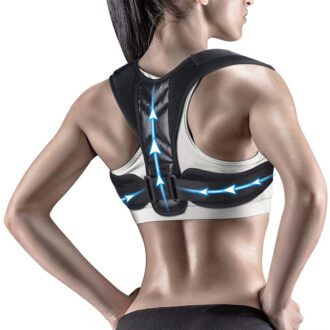
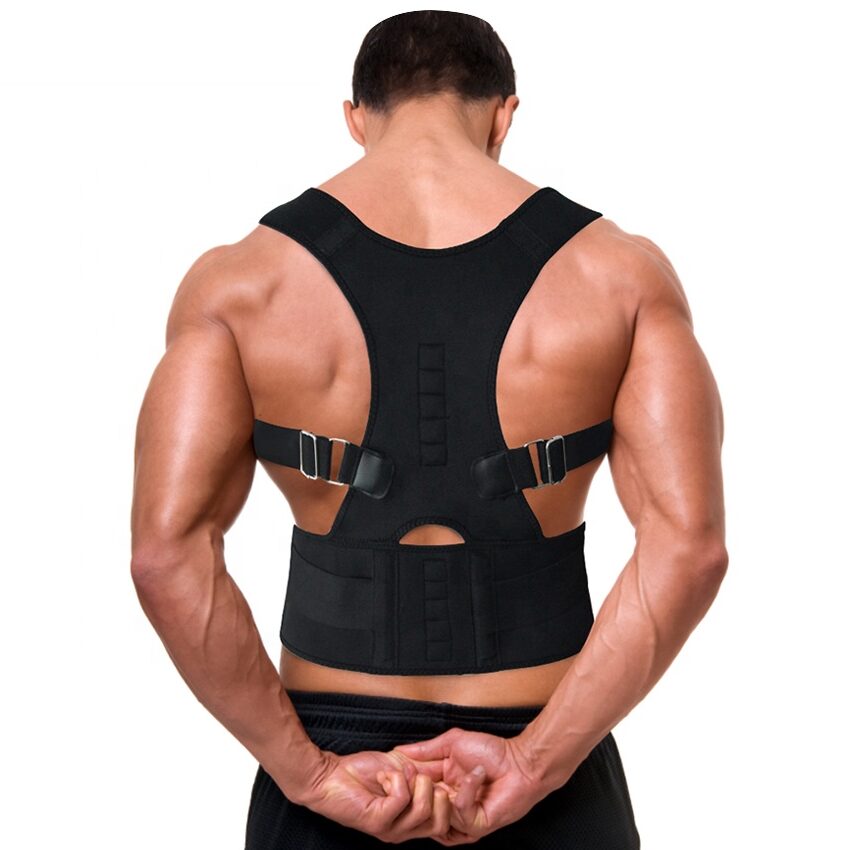
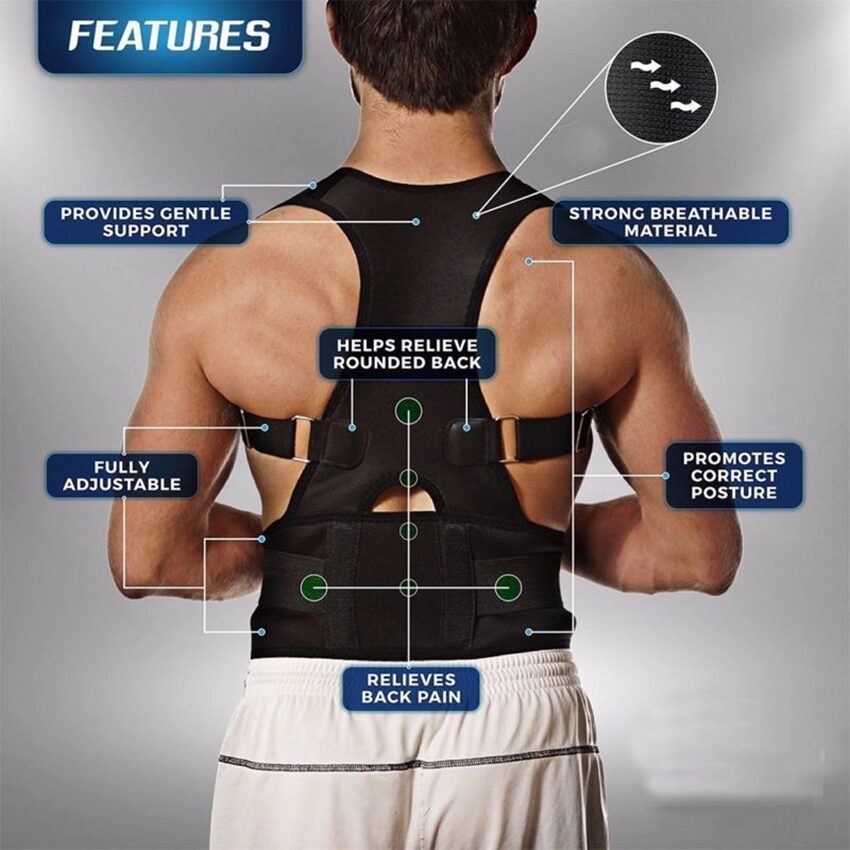
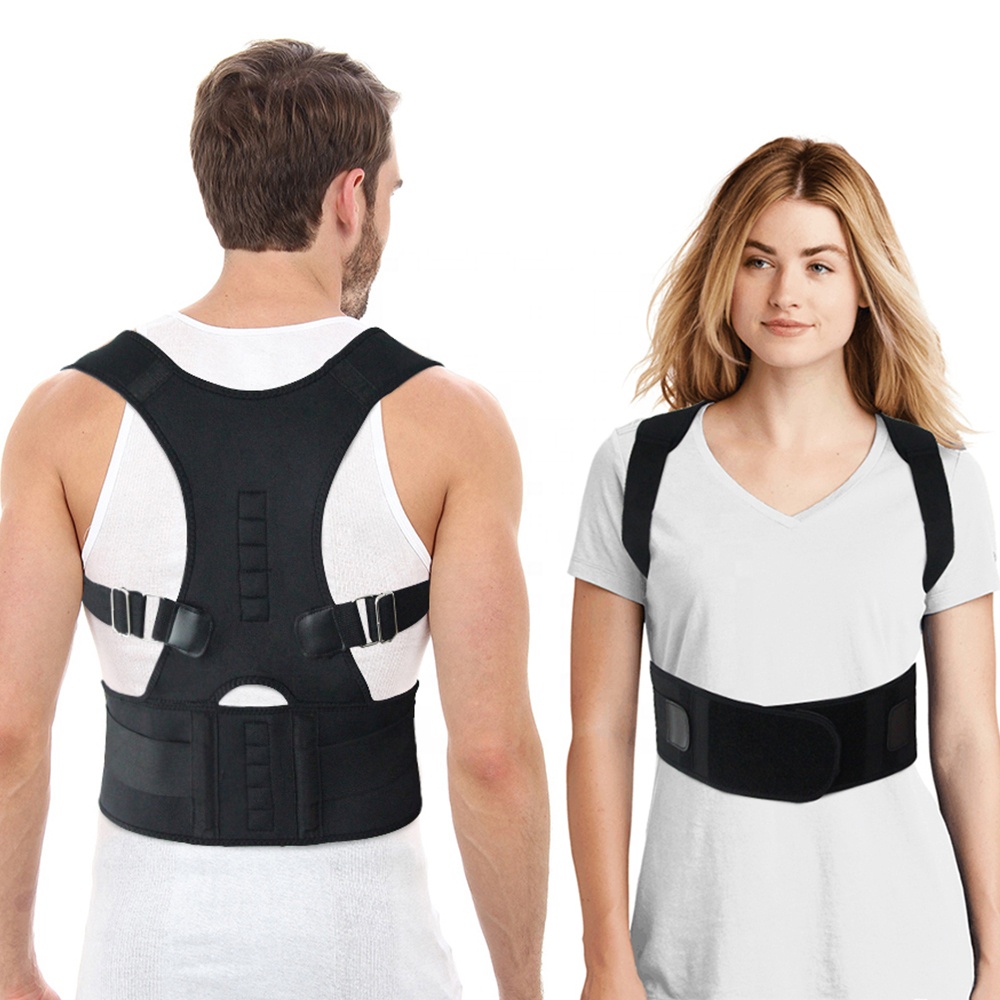
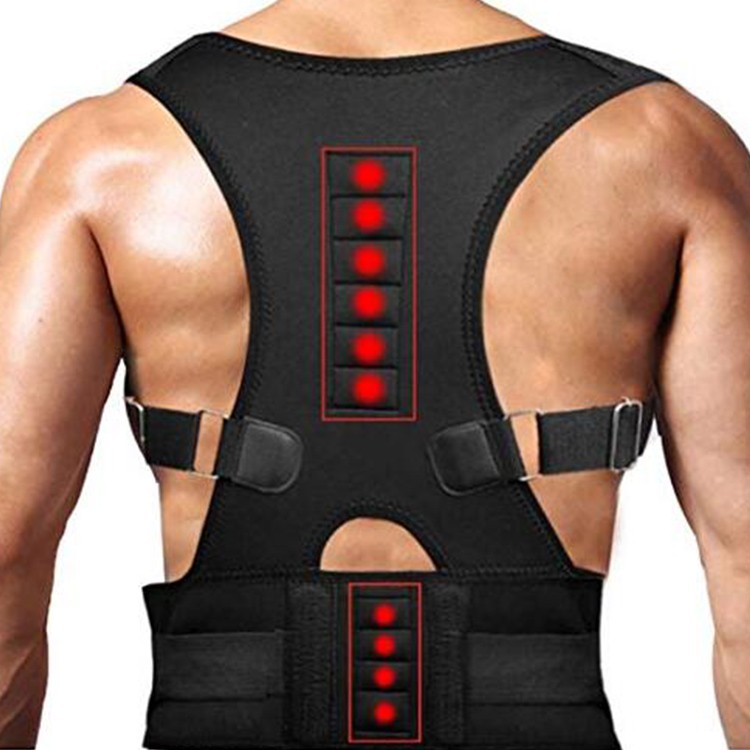
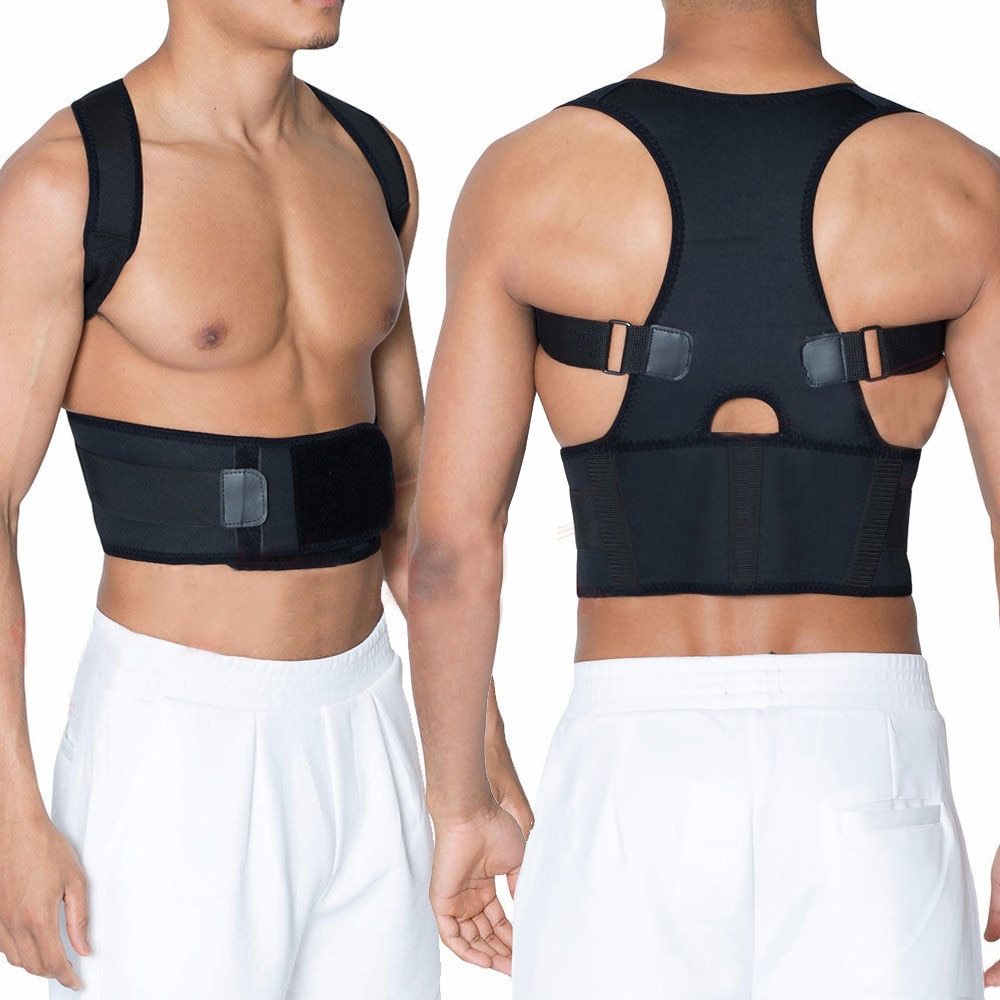
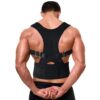
Reviews
There are no reviews yet.